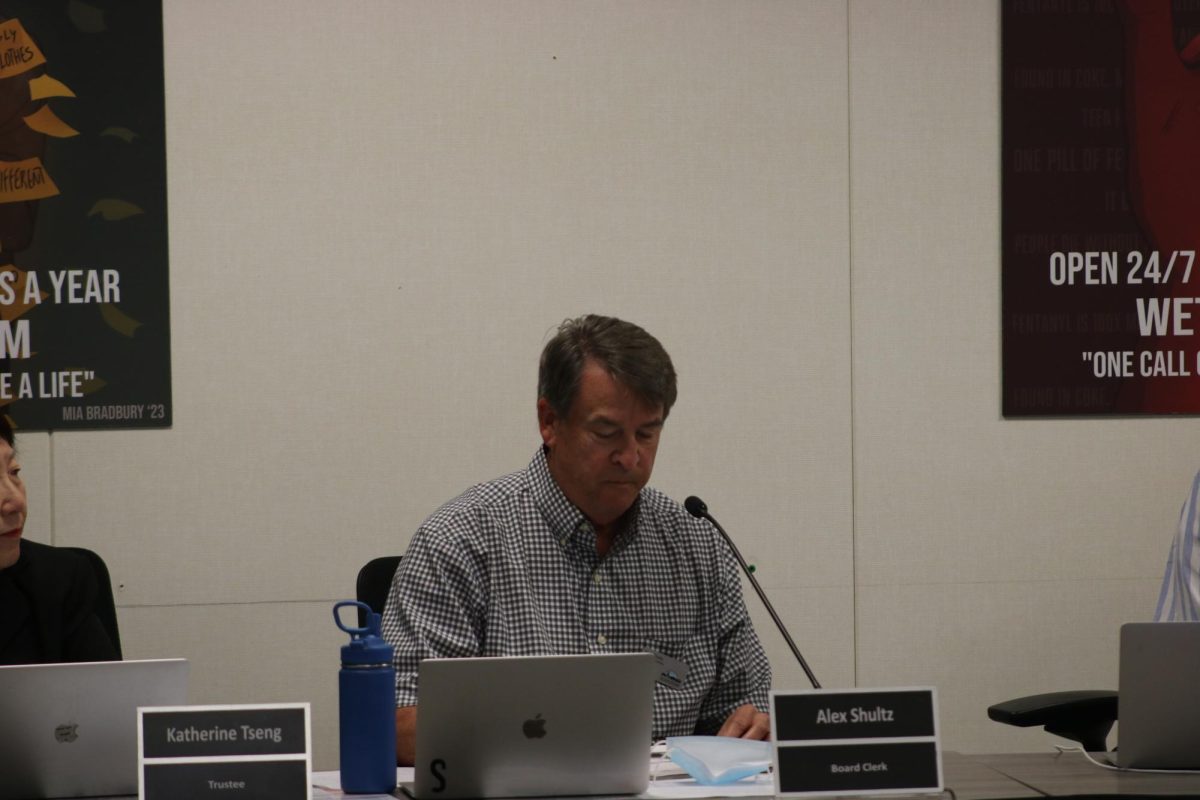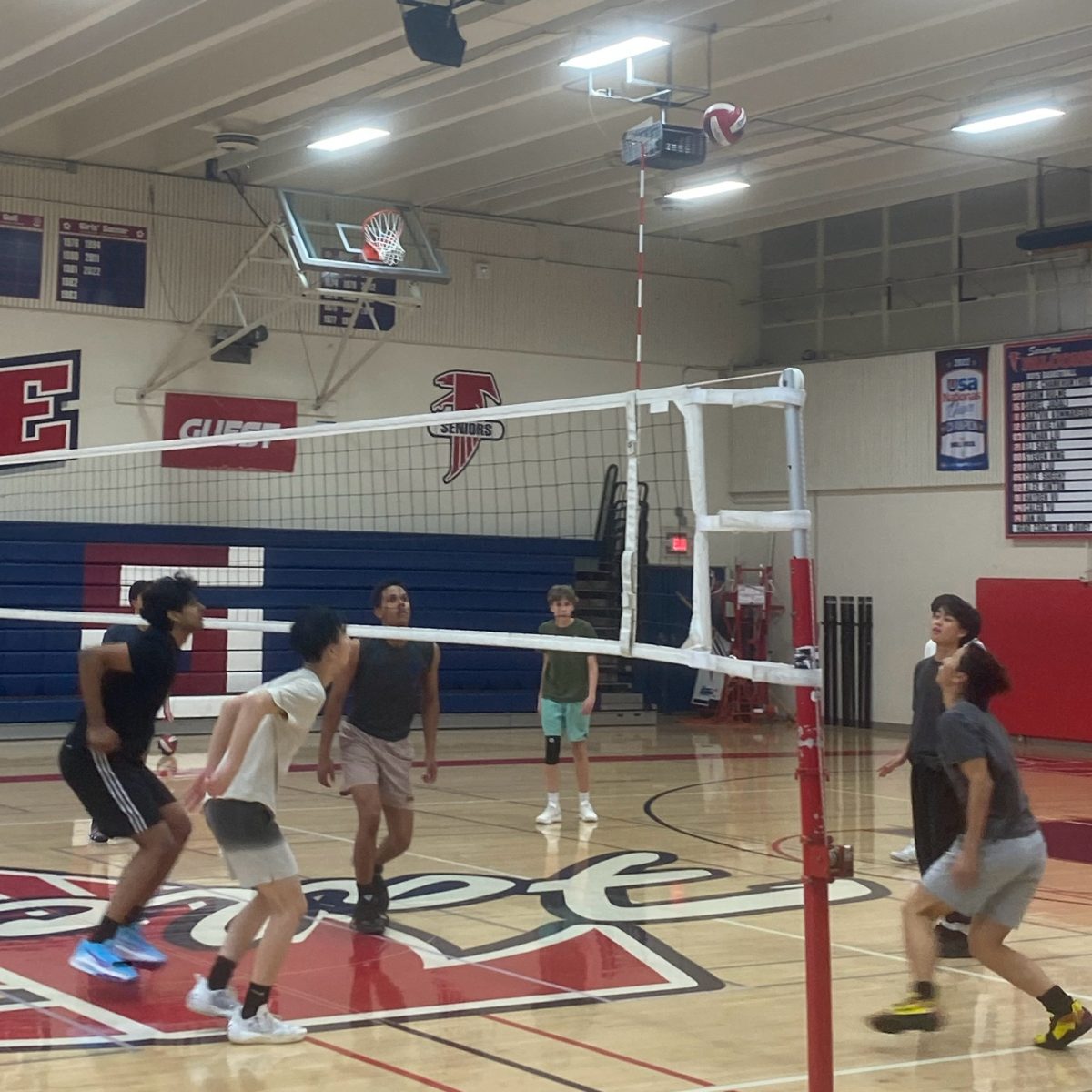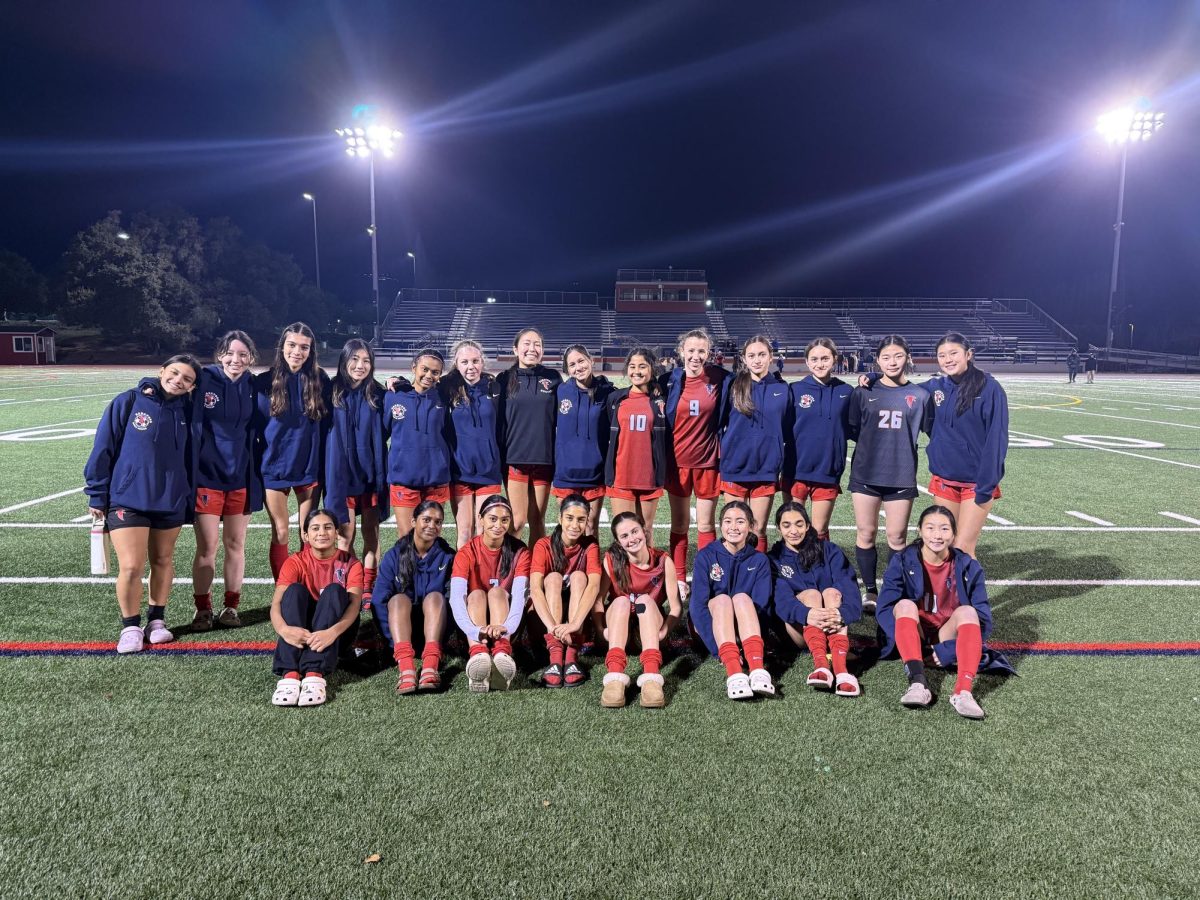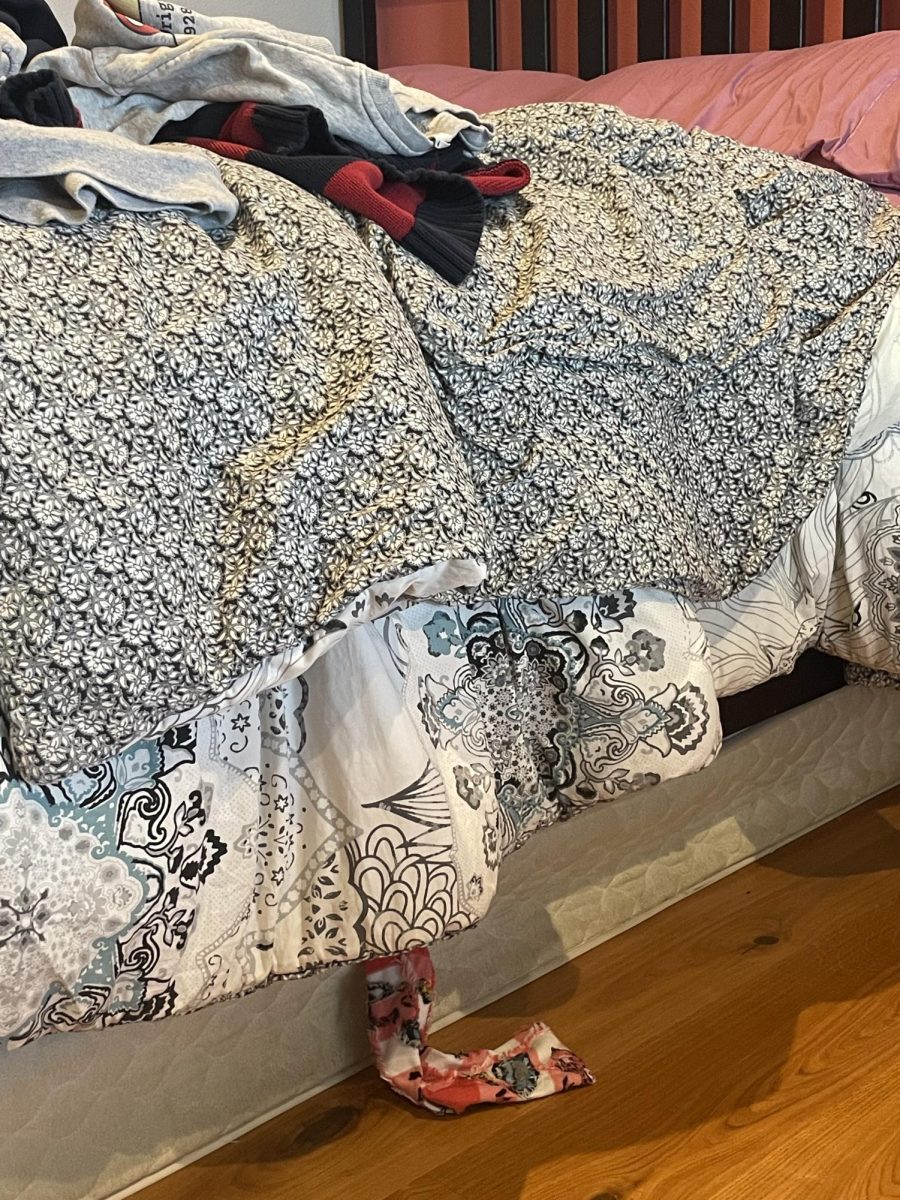After losing three relatives in India to diabetes in the past three years, junior Avni Madhani decided she wanted to learn more about the disease.
Several articles and Google searches later, she found that the disease normally occurs when the body cannot make sufficient insulin to provide for a person’s diet. With just a healthy diet and exercise, Type 2 Diabetes can easily be prevented or it can be treated with medication. Yet, according to the International Diabetes Foundation, India currently has over 65 million cases of Type 2 Diabetes and ranks second worldwide in adults and children afflicted with diabetes.
When Madhani found that many Indians are completely ignoring the nutritional facts or ingredient lists for certain Indian dishes, she realized that this lack of awareness had been preventing them from focusing on healthy eating. Madhani learned that there were many obstacles that Indian communities faced when trying to access nutritional and dietary information.
“One of the big barriers was language, as many of these people are not well versed in English and few websites explain such information in Hindi,” Madhani said.
In 2015, Madhani began to create The Healthy Beat, a website developed in English and Hindi. The site has a large database that contains all the necessary information regarding food and exercise to prevent diseases like Type 2 Diabetes.
Madhani gathered most of her information by going to local Indian supermarkets and recording calories from the boxes in the prepared and frozen section, as well as using other methods to get information.
“I also used online food menus from various restaurants in India along with my common knowledge about popular dishes in the Indian cuisine to create the initial list of the items to record the nutritional values,” Madhani said.
To gather even more information, Madhani read books such as Ellie Whitney and Sharon Rolfes’ “Understanding Nutrition.” She also looked through various charts from the U.S. and Canadian Departments of Health.
The Healthy Beat, containing useful tools to make the process of exercising and eating healthy easy and accessible, teaches users about food groups and suggested daily servings in just a few clicks.
The site’s creative “virtual food platter” allows users to calculate the nutrition value of the meal, helping them ensure that they are properly following a healthy eating plan.
So far, Madhani has received a positive reaction from the site’s users. After launching the site on Jan. 11, more than 20,000 people have visited it. Madhani plans to further expand on the site through social media, press coverage and outreach.
In the future, Madhani hopes that if enough people increase their level of understanding of nutrition and improve their eating habits, widespread cases of diabetes in India will be a thing of the past.
“I have received hundreds of emails through the website which really highlight some challenges people face,” Madhani said. “They are generally unaware about nutrition knowledge, and their messages reflect their desperation to find ways to cure and control the health problems they face.”




























